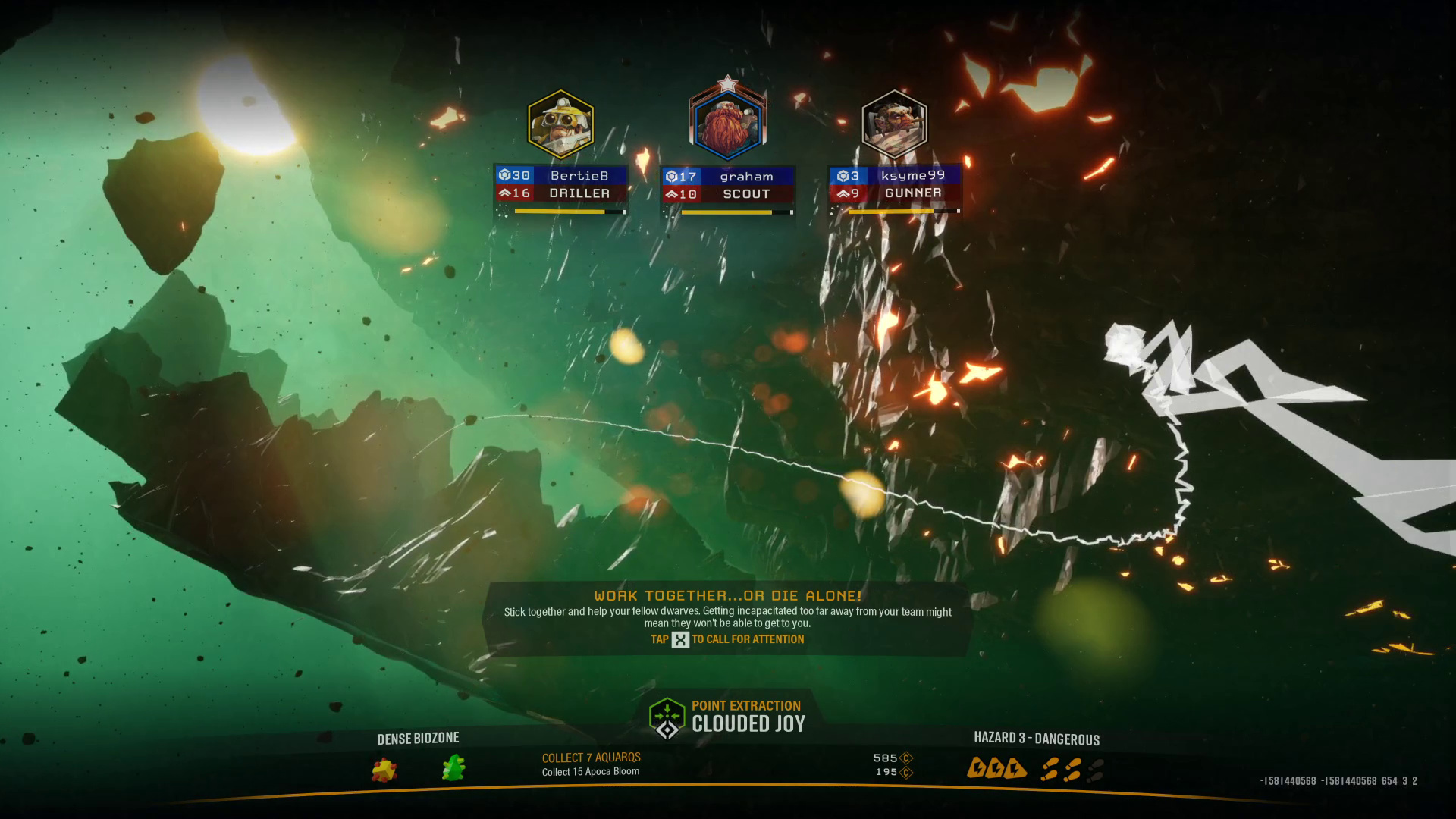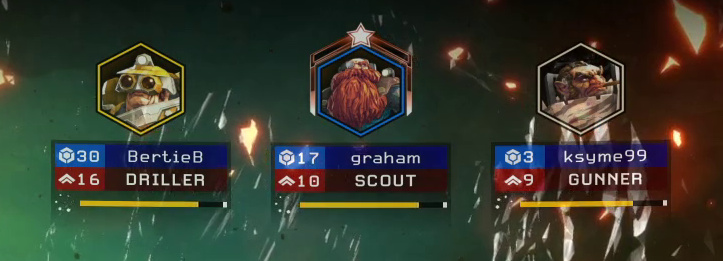Why?
I play games. Quite often I stream those games, and I also upload the footage to YouTube for my friends and subscribers to enjoy.
However, each session of a game is one video, so I end up with many videos. In fact, Jefe, I’d say I have a plethora of videos. Since they are different round of the same games, many of the videos have similar structure to their descriptions.
Lots of things being similar sounds like fertile ground for automation!
I have a system, described elsewhere, which uploads and publishes videos to YouTube based on metadata I write, which is vastly more convenient than doing it manually through the web interface, which is a bit clunky to work with when doing videos in any quantity.
But if the metadata is similar, what if we could automatically generate that?
Deep Rock Galactic
If you’re not familiar with Deep Rock Galactic, it’s a coop FPS game for up to four players that sees you going on missions in procedurally-generated caves on a fictional world to extract materials and kill aliens. It’s great fun, but don’t take my word for it, go watch some videos!
DRG has a loading screen that very helpfully includes all the information on it that is needed to generate the metadata for the YouTube video:

Let’s break down the elements:

Here we have the names of the brave dwarven miners. This lets me say who is in the video.
It also has the classes. I don’t use that information currently, but since it’s there I could.

This has the mission type (Point Extraction), and the generated name (Clouded Joy).

Lots going on here.
- Biome (location) of mission
- Potential minerals*
- Objectives
- Hazard level (difficulty)
* these are in pictograph format, but we can still work with that.
Descriptions
Let look at an example video for metadata and see how it maps up:
DRG Elimination: Rippled Outpost
BertieB and Costello brave the Glacial Strata to eliminate two Glyphid Dreadnoughts
It goes: <Game Name> <Mission Type>: <Mission Name><Players> … <Biome>… <Objectives>
And the rest of the metadata mentioned above is included in tags, but it could be put into the description just as easily.
All the elements are there, all we need to do is do a bit of image recognition on them. Fortunately python has bindings to such things, so as we’ve figured out where everything is, all that’s left to do is write the code- that’s the easy bit, right?
…Right?
The rest of this series:
Pingback: [solved] Building OBS in Linux: “recompile with -fPIC” – Rob's Blog